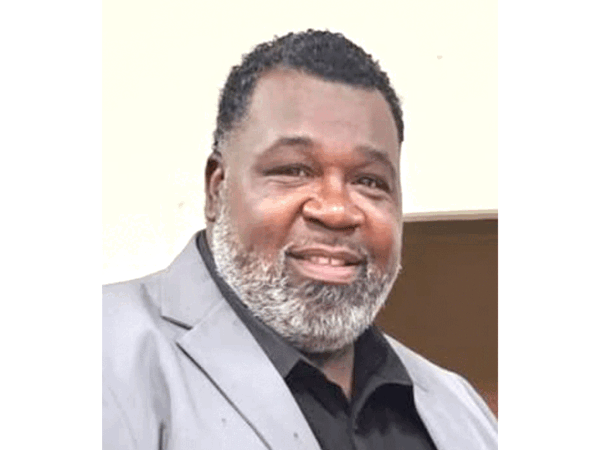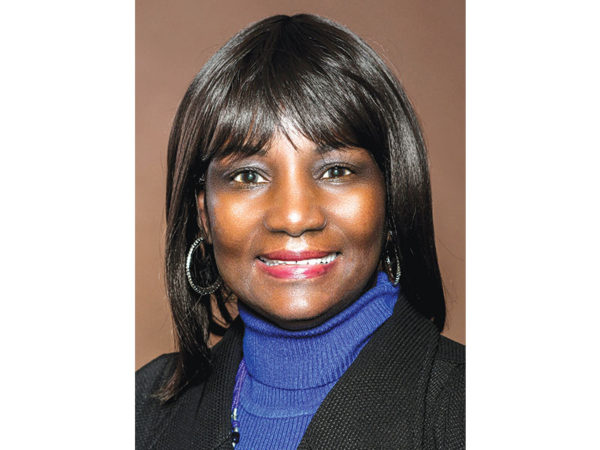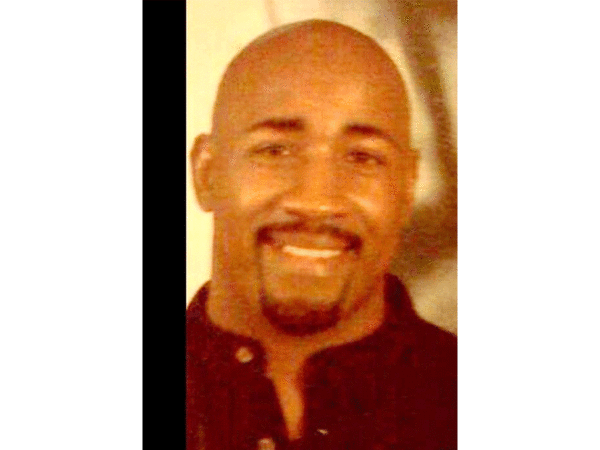By Victor C. Kirk
The tremendous carnage of that day was ever present nearly 11 weeks after the event. A visit for thanksgiving to Philadelphia also included a journey by car to New York City. When we arrived, there was a smell in the air that tingled your nostrils. A cough and sneeze became harder and harder to hold back or control. We walked together with tears in our eyes down a street filled with wet sheets of paper and what appeared to be grey soot. Signs of destruction everywhere you turned.
Damaged or destroyed streetlights, no street signs, large fire hoses remained in the streets poised to be quickly connected to a firetruck and used by a firefighter. Everyone just walked up and down both the main and side streets. Streets were filled with the curious and mostly humbled or subdued, but all were searching for something or someone. We stumbled across an art gallery that had been converted to a missing person location. People were posting pictures of loved ones missing on the walls and along a makeshift cloths line where a printed copy of the missing person was affixed with a paperclip. The owners of the art gallery even had set up a computer with digital pictures of the missing. People took turns either looking thru the digitized photos or were passing on to the coordinator a photo that could be digitized and uploaded. We tried to walk the perimeter of the site but were stopped by local police officers who had blocked all entrances to the site. Workers were still gingerly gathering and hauling away rubble from the collapse of the two buildings.
We somehow walked to a second block and turned a corner where no officers were present. As we walked, I noticed a crumpled pipe hanging from a limb in a tree. The kind of pipe used as a conduit for an electrical wire. It was twisted in a way that presented evidence of a powerful force having ripped it from a concrete wall. I was hell bent on canvassing the entirety of the area where the twin towers stood but as we walked it became more and more apparent to me encircling the buildings where the twin towers stood was not going to happen on this day. As I wandered aimlessly down the streets looking up at the damaged buildings and down at soot and water, a bookstore appeared. I do not remember its name but knew it was a refuge from the pain and confusion experienced even eleven or so weeks after the planes had struck the twin towers. The New York Magazine was the first to publish a book whose proceeds from its purchase would be donated to the September 11th fund. I purchased a book and a DVD made by the only camera crew present throughout the destruction. A French filming crew was preparing a documentary on a group of French firefighters who were being trained in New York by the very crew that answered the first emergency call – Ladder One.
As a health care professional, of interest to me was how the health care emergency apparatus in New York responded to the events of September 11. It was not long before news outlets reported every hospital, clinic, and ambulance provider was prepared to provide emergency care to an enormous number of people impacted by the crash into the towers. They knew that over five thousand people were either working, visiting or near the towers when they were hit by the planes. They waited and waited and waited. Both towers collapsed. A vast majority of the hospitals and emergency personnel were not needed. Their forensic staffs were.



